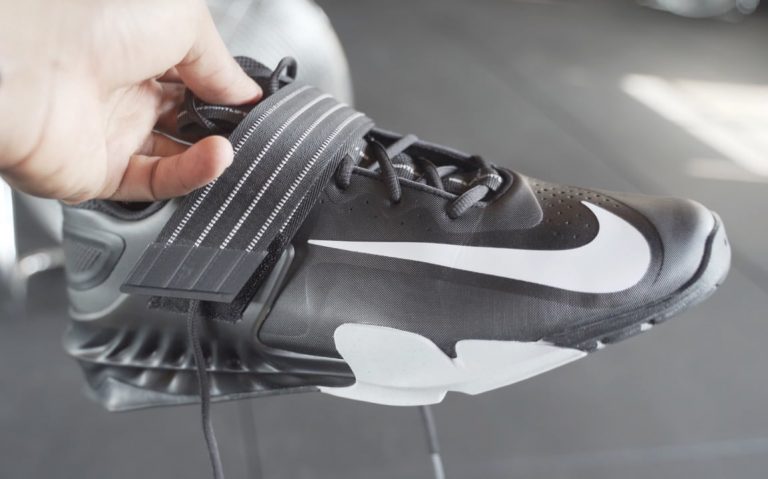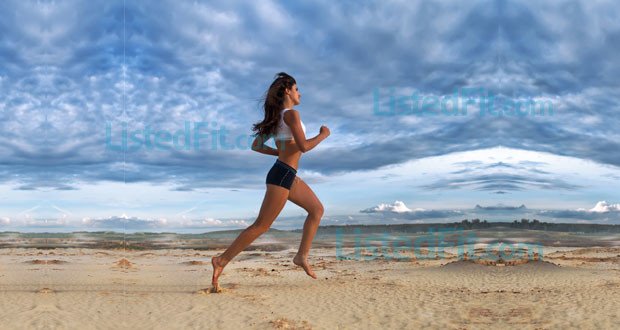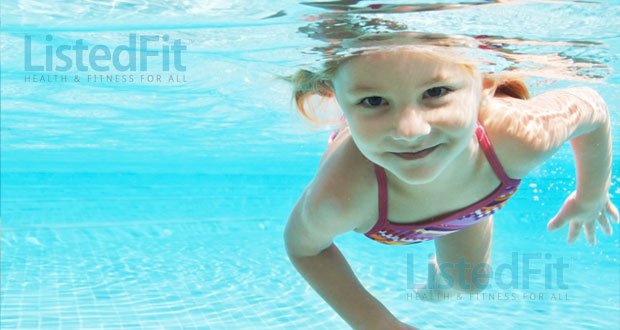Can Barefoot Shoes Be Bad for You? Exploring the Potential Downsides
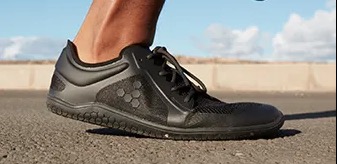
ListedFit is reader-supported. When you buy through links on our site, we may earn a small commission.
I’ve often pondered whether the trend towards barefoot shoes is more than just a passing fad.
Having undergone a surge in popularity, these minimalist shoes claim to offer health benefits by emulating the natural movement of running or walking barefoot.
It’s an enticing idea, especially when considering our ancestors traversed the earth without the modern footwear we’re so accustomed to.
Yet, amidst the promises, one has to question if the minimalist design could potentially lead to harm or if some people are better off sticking with conventional trainers.

*TLDR
I can understand the appeal with barefoot shoes. The sense of connection with the ground and the freedom it brings to your feet is unlike anything regular footwear can offer.
Still, the transition from regular shoes to minimalist footwear isn’t something to be taken lightly.
The drastic change in foot mechanics and support can lead to discomfort and perhaps even injury if not approached correctly. It’s a contentious topic, with opinions varying and evidence to support both the pros and cons of making the switch.
Key Points
- Barefoot shoes mimic natural foot movements.
- The transition to minimalist footwear should be gradual.
- Differing views exist on the safety of barefoot shoes.
In This Article
The Rise of Barefoot and Minimalist Footwear

In recent years, I’ve noticed a significant shift in the footwear industry, with many moving towards the minimalist and barefoot shoe market. This trend is attributed to the growing desire for a more natural walking experience that purportedly promotes better foot mechanics.
Evolution from Traditional to Minimalist Shoes
Traditional trainers have often been designed with ample cushioning and support, but minimalist shoes represent a departure towards simplicity and a closer feeling to being barefoot.
The transition is driven by the premise that less interference from shoes might lead to stronger foot muscles and a more natural gait. Brands like Vibram with their FiveFingers range and Merrell have contributed to the growing popularity of shoes that mimic the barefoot experience.
Popular Brands and Models
Several brands have emerged as front-runners in the minimalist shoe space. Vivobarefoot offers various designs that emphasise thin, flexible soles and a wide toe box. Lems has gained attention for its zero-drop platforms, designed to support the natural curvature of the foot.
Other major footwear players like New Balance have also introduced minimalist options, catering to a broader audience seeking a minimalist experience.
The Philosophy Behind Barefoot Walking
The ideology supporting barefoot and minimalist footwear revolves around the idea that allowing the foot to move unrestrictedly improves balance and enhances proprioception.
Some enthusiasts claim these shoes can decrease injury rates by encouraging a forefoot strike over a heel strike. The founders of minimalist shoe companies are typically passionate advocates for this philosophy, often citing research that suggests potential benefits of barefoot walking on our overall foot health and biomechanics.
Why I Wear Barefoot Shoes
Choosing to wear barefoot shoes has been transformative for my training, specifically when lifting weights. They’ve contributed to strengthening my feet and improving my stability, which are key for effective lifting.
Improving Foot Strength and Posture
When wearing barefoot shoes, I’m essentially giving my foot muscles a workout every time I move. The absence of arch support encourages my feet to become stronger and develop a natural arch. This has had a positive ripple effect on my posture too.
Correct posture is crucial for lifting weights, and since making the switch, I’ve noticed my form has improved significantly.
Enhanced Sensory Feedback and Natural Gait
The thin soles of my barefoot shoes allow for greater sensory feedback from the ground. This heightened perception has made me more aware of my running form and has prompted me to adjust for a more natural movement pattern.
I can feel the texture of the ground beneath me, which helps in fine-tuning my technique and mobility with each step.
Promoting Better Balance and Stability
One of the unexpected health benefits of barefoot shoes is the improvement in balance and stability. The minimalistic design of the shoes provides a flat platform, which is ideal for weightlifting.
It allows me to evenly distribute my weight, enhancing my stability and giving me the confidence to increase my lifting intensity safely. This has become an indispensable part of my routine to improve balance and ensure that every lift counts.
Common Concerns and Misconceptions

In my experience, moving to barefoot shoes brings its own set of challenges and reservations. It’s essential to tackle these head-on to understand the potential impacts on our feet and overall health.
Transitioning Challenges from normal shoes to barefoot shoes
When I transition from traditional footwear to barefoot shoes, my biggest concern is the adjustment period. My feet have grown accustomed to the support and cushioning that normal shoes provide.
Transitioning to barefoot shoes can lead to discomfort and require a period where my feet gradually build strength and adapt to a new gait.
Risk of Injuries and Foot Problems
There’s a common worry about the risk of injuries such as Achilles tendon issues or plantar fasciitis when wearing barefoot shoes.
Without proper transitioning, I might experience pain or exacerbate existing foot problems. Barefoot shoes offer less protection, which can lead to cuts or blisters if I’m not careful where I tread.
Are barefoot shoes bad for your back?
Concerns about barefoot shoes causing back pain often arise. While barefoot shoes can help in realigning my posture and strengthening leg muscles, they might initially cause discomfort if I have a preconditioned back issue.
It’s a matter of understanding my body’s limits and adjusting accordingly.
Are barefoot shoes bad for high arches?
I often hear that barefoot shoes aren’t suitable for those with high arches. But actually, they can encourage my feet to move more naturally and may help in strengthening the arch muscles. However, the lack of arch support in these shoes might initially cause strain or pain as my feet adjust.
Are minimalist shoes good for bad knees
The debate on whether minimalist shoes are good for bad knees is ongoing. On one hand, they can promote a more natural running form that reduces knee stress. On the other, the reduced cushioning may initially lead to discomfort. Here’s where individual gait and biomechanics play a crucial role.
Minimalist Shoes Pros and Cons
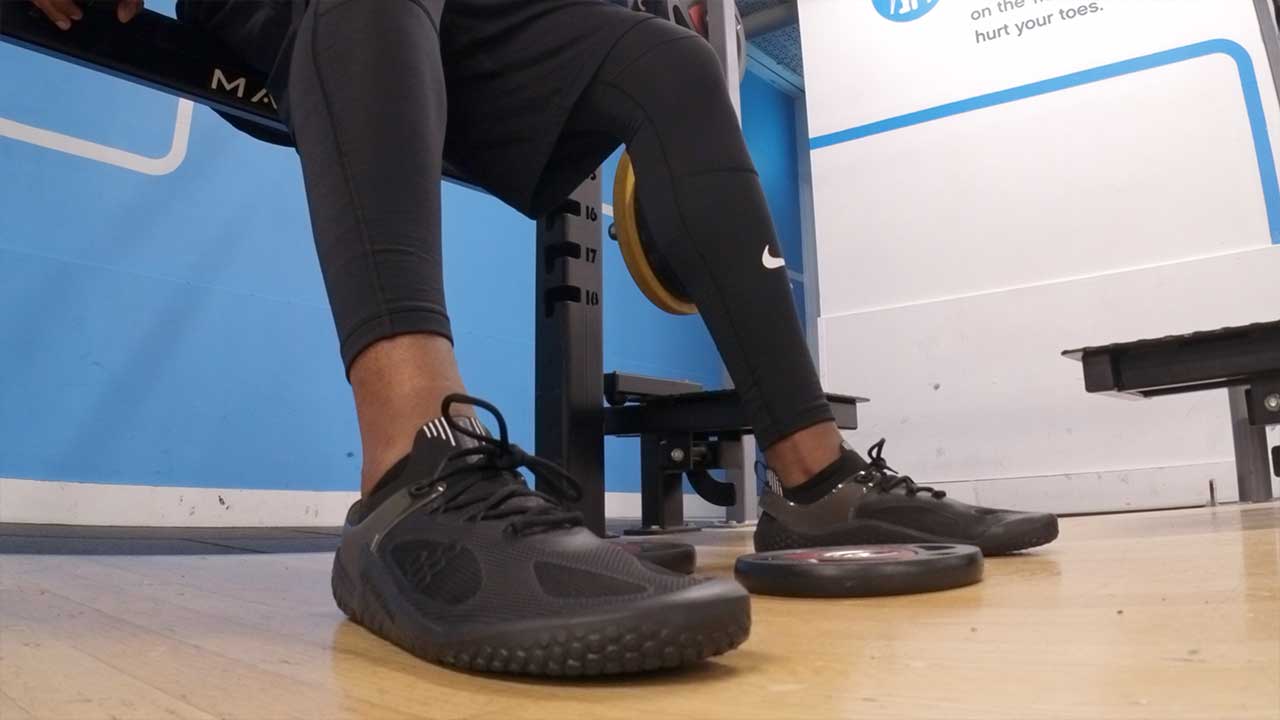
Before exploring the specifics, it’s essential to recognise that minimalist shoes present a unique balance between the natural biomechanics of our feet and the protection offered by traditional running shoes.
Balancing Foot Health and Comfort
As someone who’s tried minimalist shoes, let me detail my experiences.
Pros:
- Health Benefits: The flexible soles of shoes like the Vibram FiveFingers allow for a natural foot movement that promotes a more extensive range of motion, potentially enhancing balance and mobility.
- Strengthens Muscles: Liberated from the constraints of traditional running shoes, my feet and leg muscles work harder, which may lead to increased strength over time.
- Improved Sensation and Body Awareness: Wearing minimalist footwear has heightened my feel for the ground beneath me, improving my proprioception—my body’s ability to sense movement, action, and location.
Cons:
- Discomfort and Adjustment Period: Initially, the lack of cushioning led to discomfort as my feet adapted to the new footwear’s lack of support and padding.
- Risk of Injury: There’s a risk of increased stress on the knees, ankles, and back if the transition to minimalist shoes isn’t gradual and carefully managed.
- Inadequate Protection: Minimalist shoes often lack the robust material and insoles found in traditional running shoes, which can leave feet more vulnerable to the elements and sharp objects.
Frequently Asked Questions
In this section, I’ll shed light on some common concerns regarding barefoot shoes, acknowledging both their benefits and possible issues for different types of feet and lifestyles.
What are the potential drawbacks of wearing minimalist footwear?
Barefoot footwear, with its minimal sole design, may not provide adequate support or cushioning for the feet, potentially leading to discomfort or injury, especially on hard surfaces or during high-impact activities.
Can people with flat feet comfortably wear barefoot-style trainers?
People with flat feet might experience discomfort or pain when wearing barefoot trainers because these shoes typically lack the arch support that individuals with flatter arches may require.
What do experts in foot care advise regarding the use of barefoot footwear?
Foot care professionals often highlight the importance of gradually adapting to barefoot footwear and advise monitoring any signs of stress or discomfort, as these shoes can significantly alter one’s gait and foot mechanics.
How do barefoot shoes perform for those who stand for extended periods?
For individuals standing for long periods, barefoot shoes may be less beneficial, as the lack of cushioning could lead to quicker fatigue and discomfort in the feet and lower limbs.
Are there specific groups of people who should avoid the use of barefoot footwear?
People with certain foot conditions, like severe overpronation or metatarsalgia, might be advised against wearing barefoot shoes due to the lack of structural support and cushioning compared to traditional footwear.
What are the advantages and disadvantages of using shoes designed for barefoot running?
Shoes designed for barefoot running can encourage a more natural running form and stronger foot muscles, but they also carry risks such as increased likelihood of bruising and a need for a cautious transition to avoid injury.
Author
-
Stuart Patrick is a health and fitness lifestyle journalist who writes for ListedFit.com.
“I've spent a lot of time trying to get in shape and change my body and I realised there are so many untruths in the health and fitness industry that can slow down or stop your progress, so I share my knowledge and experience to help others to cut through the BS.”
Latest entries
 NutritionJune 5, 2024Shilajit Products
NutritionJune 5, 2024Shilajit Products FitnessMay 14, 2024Donate Blood
FitnessMay 14, 2024Donate Blood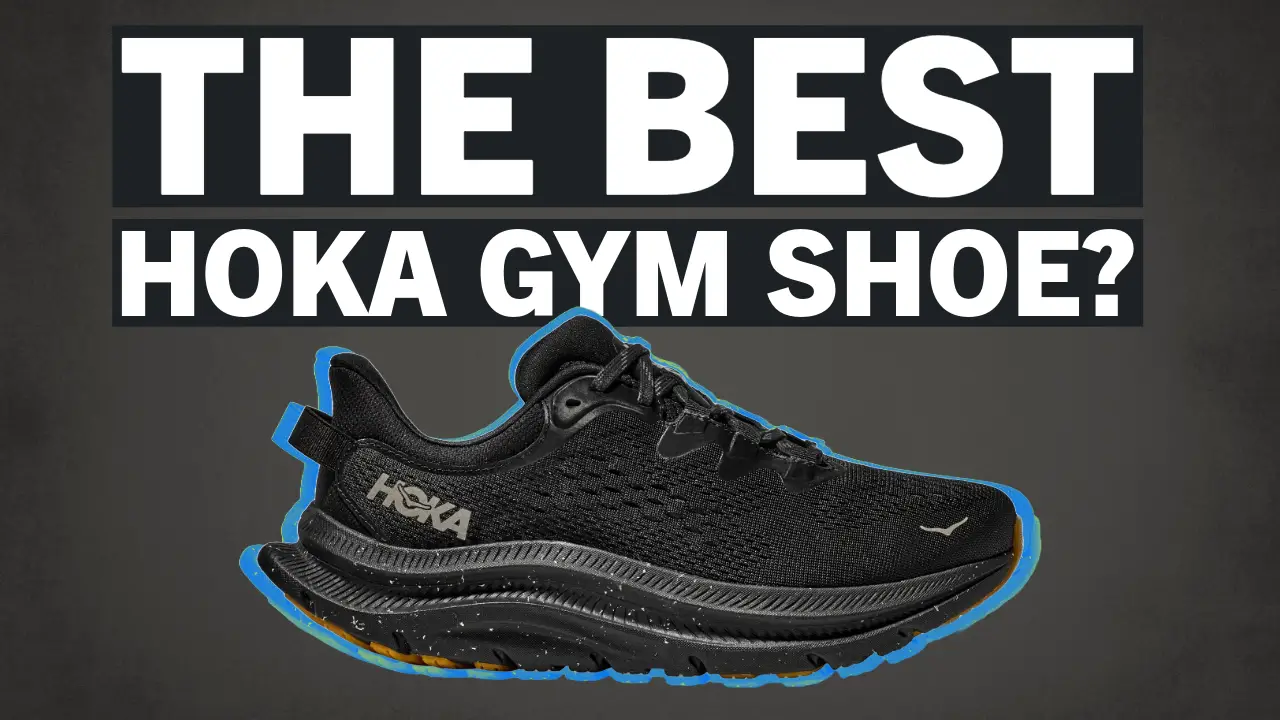 GearApril 6, 2024HOKA Kawana 2 Review – Are These The Best HOKA Gym Shoes?
GearApril 6, 2024HOKA Kawana 2 Review – Are These The Best HOKA Gym Shoes?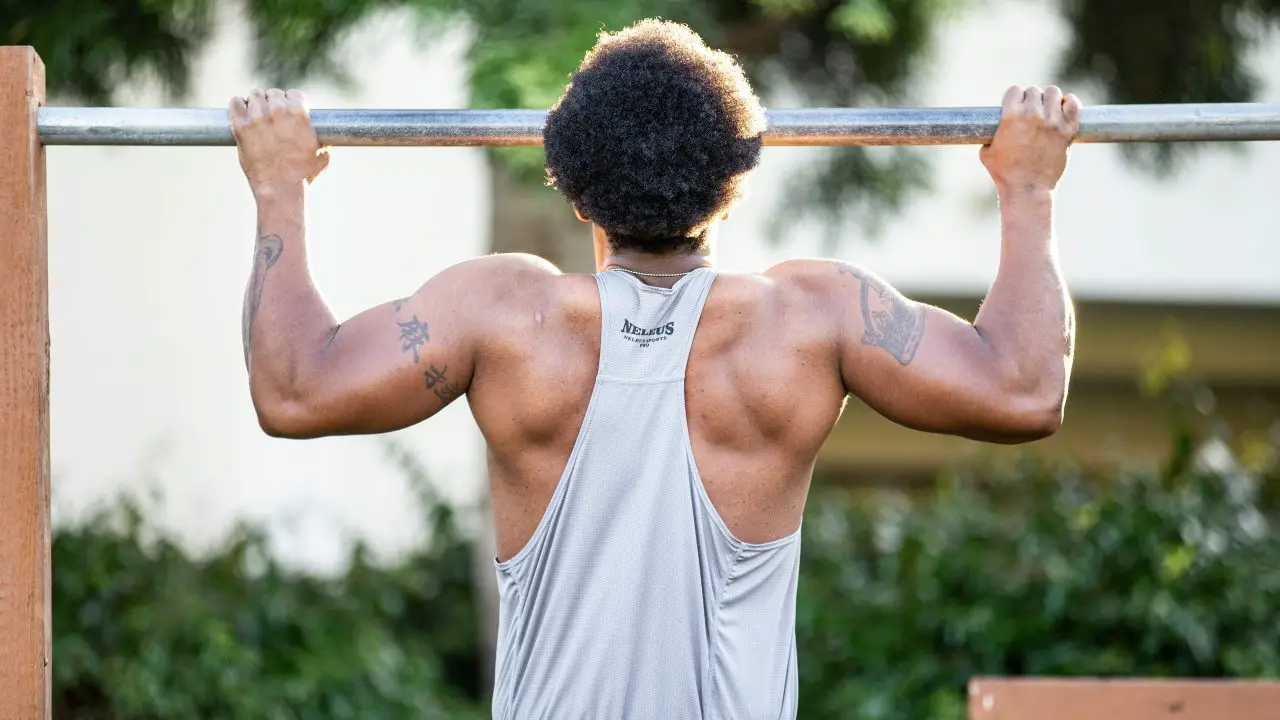 CrossFitApril 4, 2024How Many Pull-Ups Should I Do Daily? Let’s Figure it Out…
CrossFitApril 4, 2024How Many Pull-Ups Should I Do Daily? Let’s Figure it Out…
Affiliates:
This post may contain affiliate links that at no additional cost to you, the site may earn a small commission. We only recommend products we would use ourselves and all opinions expressed on this site are our own.
General Advice:
The information provided in this article is for general informational purposes only. It is not intended as a substitute for professional advice. Always consult with a qualified healthcare professional before starting any new diet, exercise program, or making changes to your health routine.
Accuracy Advice:
While we strive to provide up-to-date and accurate information, the content in this article may not reflect the most current research or medical guidelines. We encourage readers to do further research and consult with professionals for more personalized advice.
Our Recommendations:
The products and services mentioned in any of our articles are recommended based on our independent research and personal experience. We are not sponsored by any company. We aim to suggest products and services we believe are of high quality and could be beneficial to our readers.

